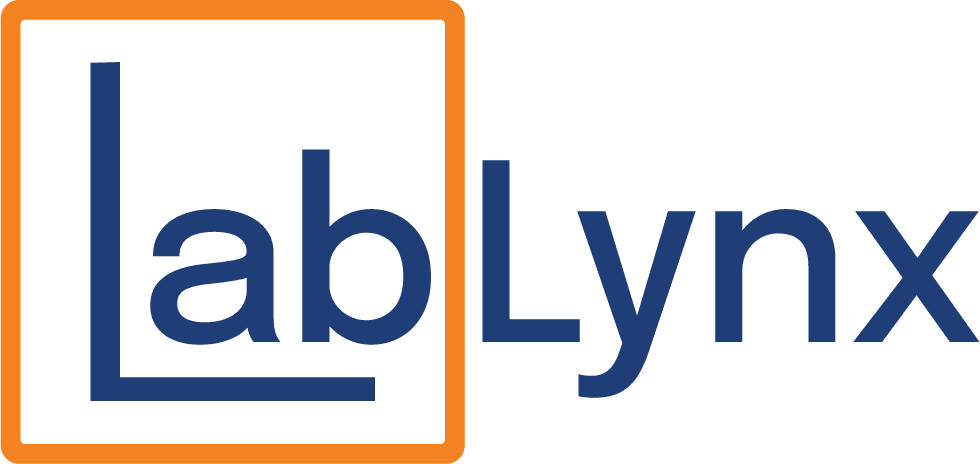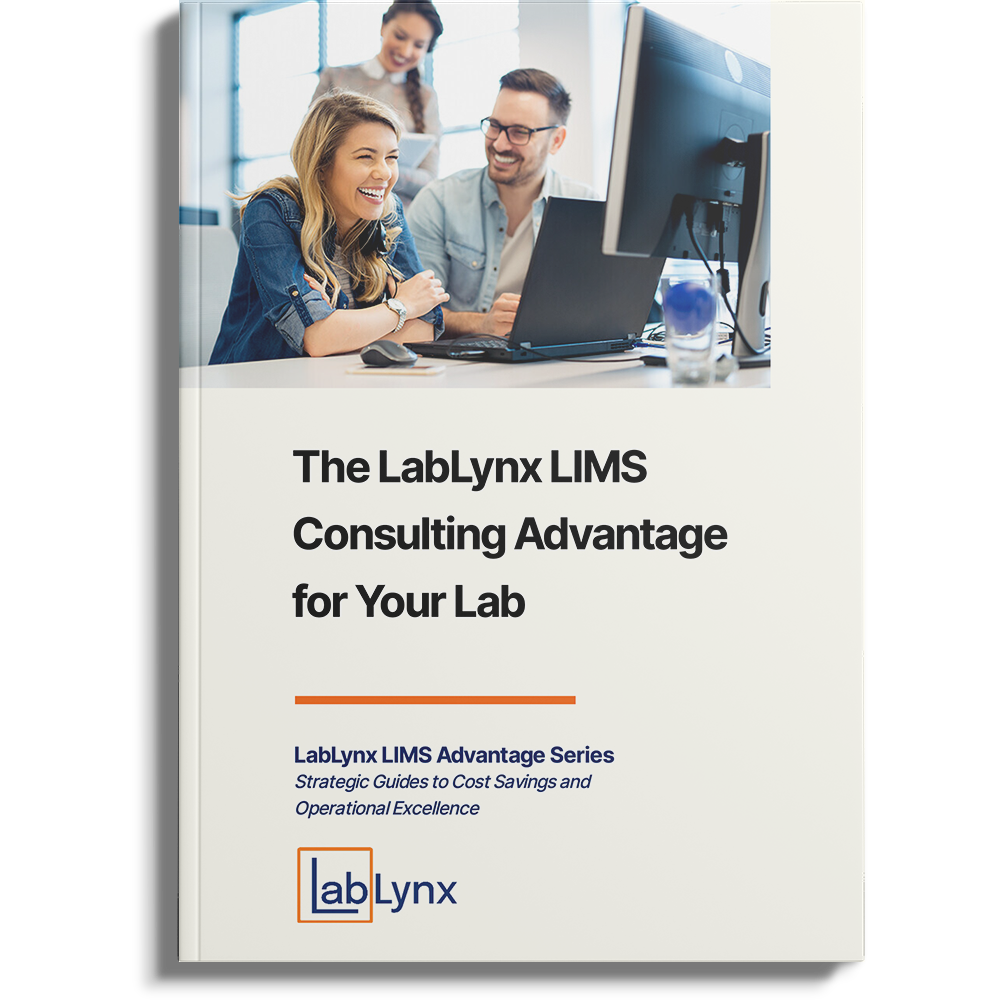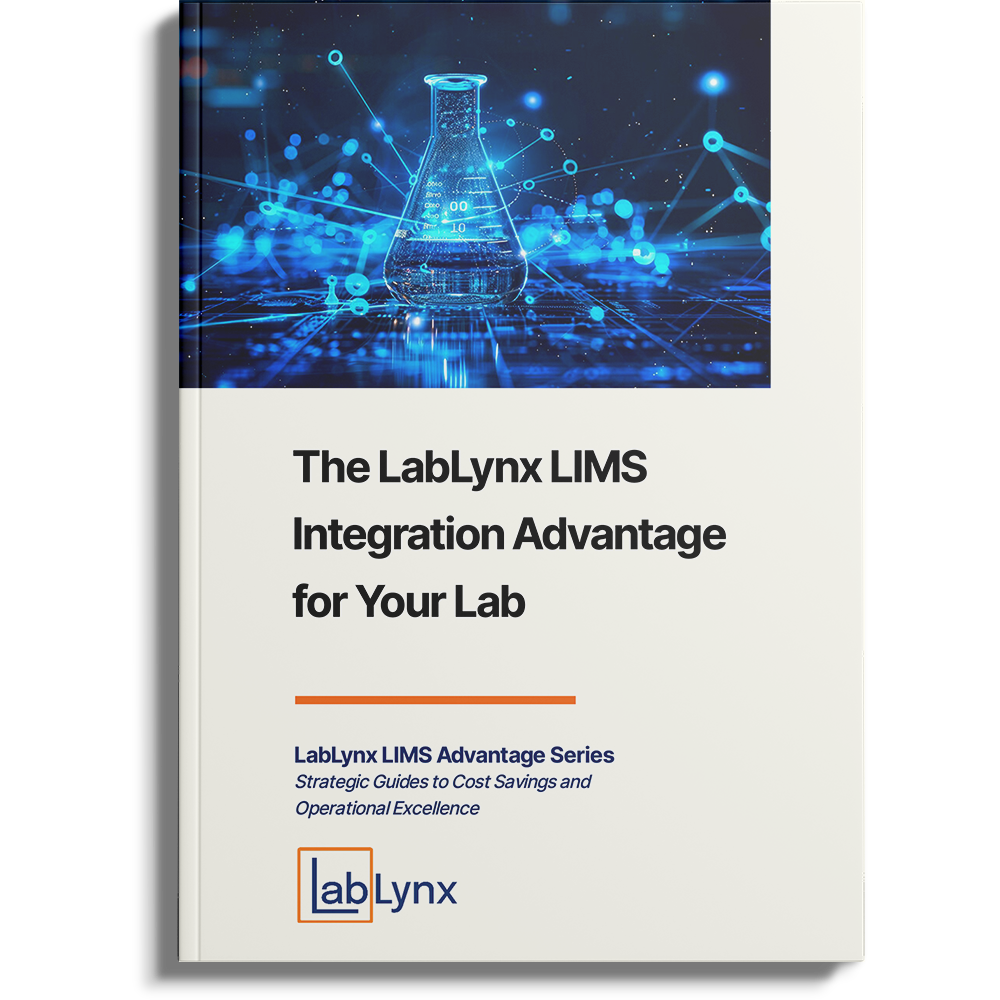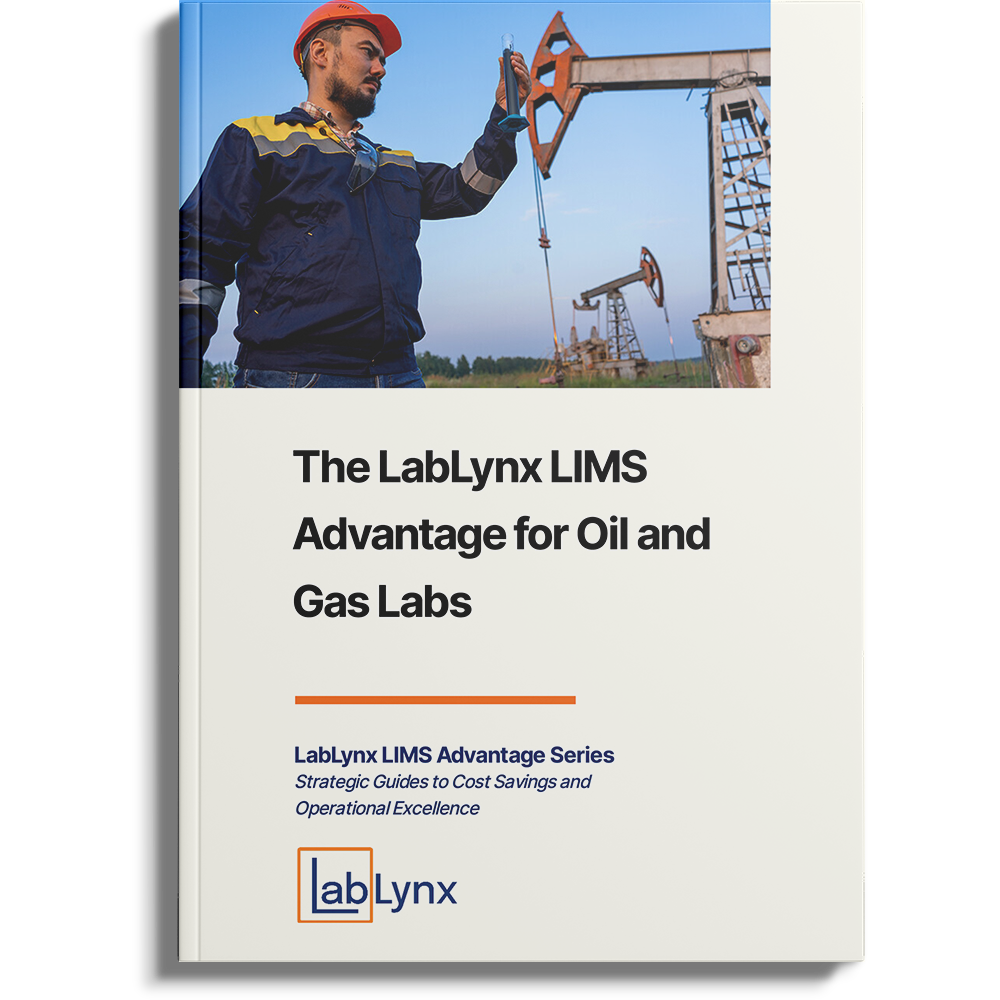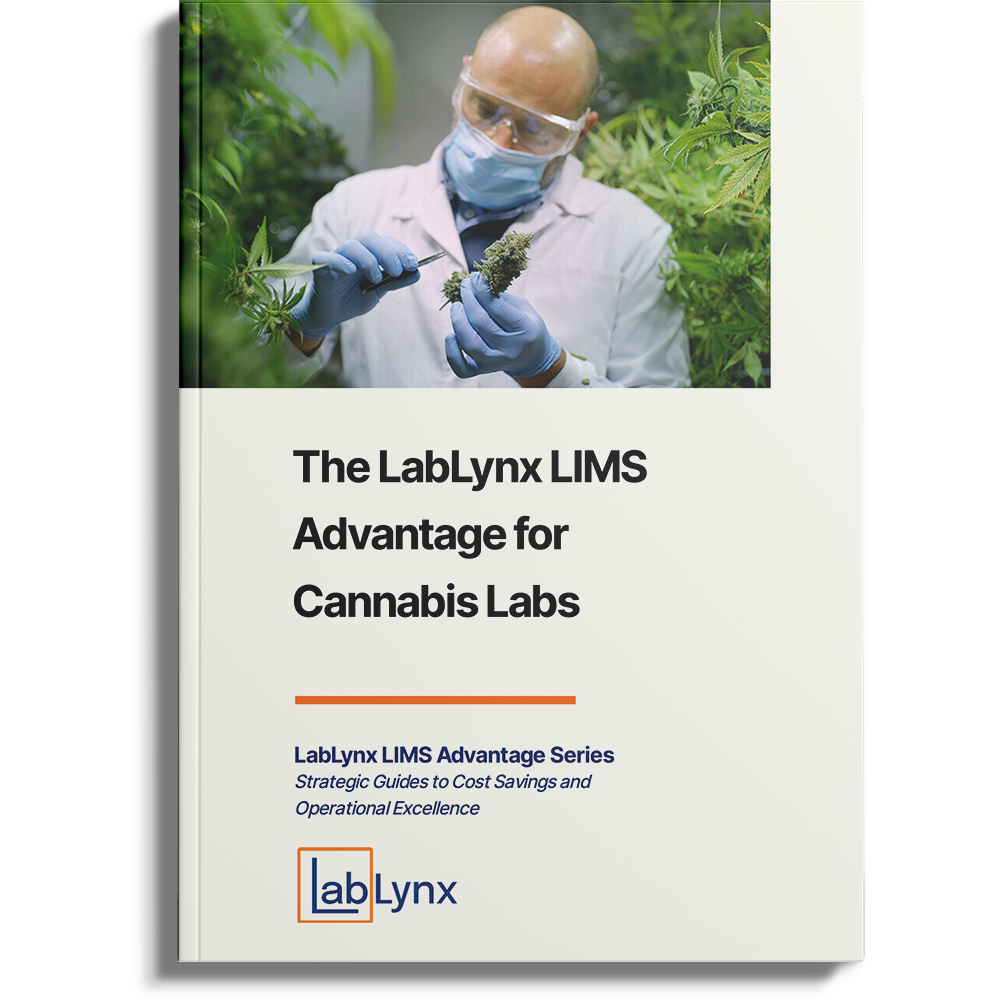
Laboratory compliance is no longer a static goal—it’s a moving target shaped by evolving global regulations, technological advancements, and a greater emphasis on data integrity, patient safety, and sustainability. In 2025 and beyond, laboratories worldwide must navigate new and updated FDA and EU regulatory standards, including requirements for digital records, data security, supply chain transparency, and AI-driven diagnostics.
But adapting to these changes is more than just about avoiding penalties—it’s about embracing modernization and creating a competitive advantage. Here’s what labs need to know to stay ahead.
What’s Changing in the Regulatory Landscape for Laboratories?
The global regulatory environment is undergoing a significant transformation, driven by advances in technology and heightened scrutiny of laboratory data integrity. Key areas of change include:
FDA’s Focus on Computerized Systems and Data Integrity
As the FDA continues to update its Data Integrity and Compliance with CGMP Guidance, laboratories must demonstrate that digital records and electronic systems meet standards for accuracy, completeness, and reliability. The increased use of LIMS (Laboratory Information Management Systems) and electronic lab notebooks (ELNs) places a spotlight on automated workflows, making compliance more complex but also more manageable when done right.
Key Implication: Labs must ensure audit trails, access controls, and data backup mechanisms are built into their LIMS, making them compliant with evolving FDA guidelines.
The EU’s Move Toward Digitalization with MDR and IVDR
The European Union’s Medical Device Regulation (MDR) and In Vitro Diagnostic Regulation (IVDR) are designed to improve device safety and effectiveness. As part of this shift, laboratories conducting clinical diagnostics must demonstrate that test results are traceable, data is securely stored, and proper validation protocols are followed.
Key Implication: Laboratories need systems that can seamlessly document data lineage and automate quality assurance processes to meet the EU’s increasing demands for transparency and validation.
Top Challenges Labs Will Face in 2025
1. Managing Complex Data Requirements
With an increase in molecular diagnostics and next-generation sequencing, labs are generating massive amounts of sensitive data. The FDA and EU are demanding more rigorous data handling, including secure storage and reproducibility of test results.
Solution: Implement scalable LIMS platforms that not only handle large volumes of data but also integrate advanced security features, such as multi-factor authentication and encrypted storage.
2. Adopting AI and Machine Learning in a Regulated Environment
AI-powered diagnostics are transforming clinical labs, but they also come with new compliance risks. Regulators are beginning to establish guidelines for AI-based tools to ensure their outputs are reliable and unbiased.
Solution: Labs should invest in AI-ready LIMS platforms with built-in audit trails that document how AI models are trained and how predictions are validated.
3. Cross-Border Compliance: Harmonizing FDA and EU Standards
For labs operating globally, complying with both FDA and EU regulations can be daunting due to overlapping and sometimes conflicting requirements.
Solution: Centralize compliance efforts using a single LIMS system that can handle multiple jurisdictional rules, automatically flagging discrepancies and providing real-time reports for inspections.
How Technology Will Shape Compliance Strategies
1. Automating Compliance Monitoring with LIMS
Manually tracking compliance is no longer viable. Modern LIMS solutions can automate the monitoring of key compliance indicators, such as:
- Calibration and maintenance schedules for instruments
- Sample tracking and chain-of-custody documentation
- Digital signatures and user access control logs
Automation ensures that potential issues are flagged early, preventing costly non-compliance penalties.
2. Leveraging Blockchain for Data Integrity
Blockchain is emerging as a powerful tool for securing lab data, ensuring that records are tamper-proof and auditable. This technology is particularly useful for clinical trials and pharmaceutical labs that require strict traceability.
3. Cloud-Based Solutions for Global Compliance
As regulations evolve, cloud-based LIMS platforms allow for instant updates and remote access, making it easier for global labs to stay compliant with changing rules. By centralizing data storage and compliance monitoring, labs can avoid siloed systems that introduce risk.
Best Practices for Staying Ahead of Regulatory Changes
- Develop a Compliance Roadmap: Regularly review upcoming changes from regulatory bodies and create an action plan for implementation.
- Conduct Regular Internal Audits: Self-assessments can help labs spot gaps before external auditors do.
- Train Staff on Emerging Compliance Standards: Keeping staff informed about the latest guidelines is crucial for maintaining operational excellence.
- Invest in Flexible LIMS Systems: Select a system that can adapt to new regulations without major disruptions.
Case Study: How One Lab Automated Compliance Monitoring
A global diagnostic lab faced difficulties meeting both FDA and EU regulations due to manual data management processes. By implementing a cloud-based LIMS with automated compliance monitoring, they achieved the following:
- 50% reduction in audit preparation time
- Real-time alerts for non-compliant activities
- Seamless data sharing between locations, ensuring cross-border compliance
As a result, they avoided costly penalties and improved operational efficiency.
The Cost of Non-Compliance
Non-compliance is more than just a financial liability—it can damage a lab’s reputation and disrupt business operations. In 2023, the FDA issued over 600 warning letters, many of which were related to data integrity issues. With stricter enforcement anticipated in 2025, labs can’t afford to fall behind.
Potential Risks of Non-Compliance:
- Fines and penalties
- Suspension of operations
- Product recalls
- Loss of trust among clients and regulatory bodies
How LabLynx Can Help Your Lab Stay Compliant
At LabLynx, we understand that compliance isn’t just about meeting today’s requirements—it’s about future-proofing your lab. Our comprehensive LIMS solutions are designed with built-in compliance features, including:
- Automated audit trails
- Data security and encryption
- Seamless integration with reporting tools for regulatory submissions
With customizable modules and real-time monitoring, we provide labs with the flexibility to adapt to changing FDA and EU regulations.
Conclusion: A New Era of Compliance Requires a New Approach
The future of laboratory compliance will be defined by how well labs can integrate technology with evolving regulatory standards. Those who embrace automation, digitalization, and proactive monitoring will not only avoid penalties but will also set themselves up for long-term success.
Are you ready to take your lab compliance strategy to the next level? Contact LabLynx today to learn how our LIMS solutions can support your journey toward full compliance in 2025 and beyond.
FAQs About Regulatory Compliance for Laboratories
1. How can LIMS help with data integrity?
LIMS ensures data integrity through automated audit trails, access controls, and secure storage. It tracks changes and maintains complete records for compliance audits.
2. What’s the difference between FDA and EU compliance requirements?
The FDA focuses heavily on data accuracy and reliability, while the EU emphasizes device safety, transparency, and traceability. Harmonizing both requires a flexible compliance strategy.
3. What are the penalties for non-compliance?
Penalties can range from warning letters and fines to suspension of operations and product recalls.
By anticipating changes and leveraging the right tools, laboratories can confidently face the future of compliance and thrive in a regulated environment.
